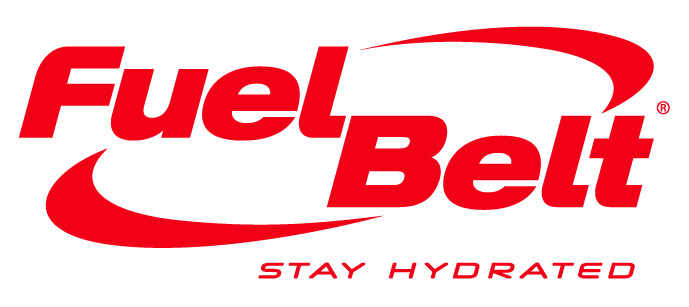The following content was provided by Registered Dietitian, Jaime Windrow.
One of the many concerns I hear from my athletes is, “I can’t seem to drink while running, what is the best strategy?” The answer to that question is whatever way works for you is the best! The important aspect is just getting those fluids and electrolytes down, and to practice that method day in and day out.
Why do I need to hydrate during a training run?
The goal is to not only stay hydrated and fueled for the workout you are currently performing, but also to prepare the body for the future workouts in days to come. Yes, a runner can “make it through” a 60-minute tempo run without fluids and fuel, but did that runner perform to the best of her or his ability given that their performance can be impacted with a 2 percent dehydration factor? Probably not. And that runner will then enter into the next day’s run already dehydrated before the workout even started. Most of us have higher goals than to just “make it through,” and proper hydration is directly correlated to performance.
Our bodies also needhydration training!We need to practice hydration during training runs to train the gut to be able to handle what our body may require on race day. Athletes can’t expect their body to magically be able to handle their race fueling on race day with out regular practice of it in training.
What are my options for hydrating during runs?
• Hide fluids with electrolytes along the course you are running.
• Design an out-and-back run from wherever you can store fluids with electrolytes such as your car or home.
• Carry your own fluids with electrolytes in one of the hydration carrying systems below:
HANDHELD
This consists of a bottle that is much smaller than your standard 24 oz. bike bottle. The shape of it makes it easier to hold and they usually have an adjustable strap so you do not have to consciously hold onto it. You can find them with or without neoprene insulation and pockets for storing a gel and Nuun tube, cash or a key.
Advantage:Easy to refill and not much extra weight.
Disadvantage:You can only carry a small amount of water or sports drink and will need a water source to refill if going out for longer training runs.
WAIST PACK
This system attaches around your waist and consist of one to two standard bottles or multiple smaller “flask” style bottles such as Fuel Belt. Most have some sort of storage pocket for performance fuels or small miscellaneous items.
Advantages:You can carry a larger amount of fluids for longer runs but you have the option to bring less. This option is also good for those that prefer hands free.
Disadvantages:When all bottles are filled, there is quite a bit of extra weight that takes getting used to.
BACK PACK
A bladder carrying system that rests on your upper/mid back. Attaches similar to a traditional backpack, hence the name, but much smaller. A small hose connects to the “bladder” filled with sports drink or water and attaches near the shoulder area which allows the runner to take a swig when needed.
Advantages:You can carry large amounts of water such as 70 or 80 ounces and there is much more room for fuels and other items.
Disadvantages:When filled, this system adds quite a bit of weight you have to carry around. These are ideal for those training or racing ultras or running long distances where there will not be any chance to refill another kind of hydration system.
How much do I need to take in?
Every runner has a different sweat rate that depends on several factors and the more you sweat out, the more you need replace. Using an electrolyte tablet, such as Nuun, with your fluids will ensure your body is making the most of your water to keep you hydrated.
Try weighing yourself before and after training sessions in various weather conditions. Keep in mind that that 1 pound lost during a workout is equal to 16 oz. of fluid. This simple test will help you determine your individual sweat rate.
Although we are on the tail-end of the colder months, the summer months will be approaching fast and using an on-board hydration system will only benefit you; especially if you have no access to fluids during your running. Take this aspect of your training routine seriously, and improve your running and racing in a big way; most importantly, with easy changes….we all likefree speed!















Comments